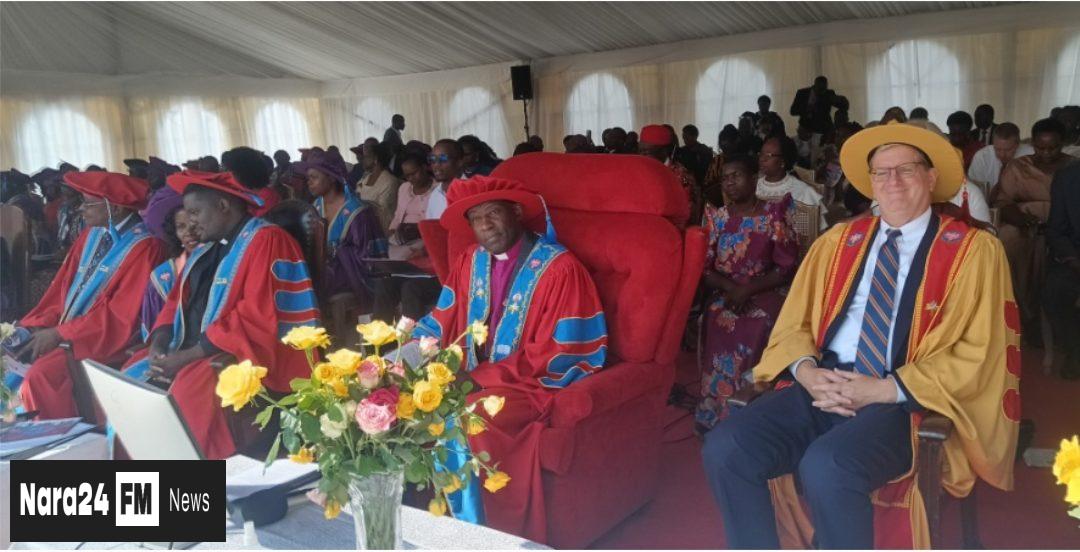Educational Crossroads: African Catholic Schools Grapple With Rising Costs
For generations, Catholic educational institutions across Africa have served as beacons of accessible learning, particularly for disadvantaged communities. However, escalating operational expenses and growing privatization trends now threaten to undermine this legacy, sparking urgent appeals for increased Church intervention.
The Financial Tightrope
Administrators at prominent institutions like Uganda Martyrs School in Kampala report being caught between maintaining educational quality and preserving affordability. "Educational institutions face substantial overheads," explained Vincent Ssegane, the school's examination director. "Teacher salaries, student meals, infrastructure maintenance—these constitute significant financial burdens that necessitate tuition adjustments."
While Catholic schools typically operate as non-profits, administrators emphasize they cannot function as pure charities while competing with commercial educational enterprises. Inflationary pressures have further strained budgets, with Ssegane noting that "the cost of education as a service inevitably reflects broader economic realities."
Case Study: Uganda's Balancing Act
At Uganda Martyrs, pragmatic adjustments have been implemented: tuition decreased from $800 to approximately $600 as enrollment doubled to nearly 5,000 students. This strategic pricing aims to preserve accessibility while covering operational costs. The institution exemplifies the Catholic Church's critical role in providing formal education where state resources fall short, with families across economic strata valuing these schools for their academic rigor and moral foundation.
"Formerly we studied free—books, pens, everything provided. Now parents desperately want Catholic education but simply cannot afford it," lamented Richard Kizito, a Kampala metalworker with four children in church-run schools.
Continent-Wide Implications
Kizito's concerns mirror widening anxiety across sub-Saharan Africa, where Catholic institutions represent the largest non-governmental education provider. As fee structures evolve, many families report being effectively barred from institutions originally established to serve them. "The cruel irony is that those needing educational upliftment most may become excluded," Kizito added, noting he struggles to cover tuition for all his children.
Education analysts identify this trend as particularly damaging in regions already battling the world's highest school dropout rates. When household budgets tighten, education often becomes the first casualty. The privatization wave across Africa's education sector has introduced competitive pressures that inadvertently compromise the Church's historical mission of serving vulnerable populations.
Call to Action
Community advocates urge the Catholic hierarchy to implement concrete measures:
- Expansion of scholarship programs for deserving underprivileged students
- Strategic endowment funds to subsidize operational costs
- Partnerships with international Catholic charities
- Income-based tuition sliding scales
As educational costs continue to outpace inflation, the Church faces a defining challenge: balancing institutional sustainability against its foundational commitment to inclusive education. With sub-Saharan Africa's development prospects hinging on educational access, the resolution of this tension carries profound implications for the continent's future.








Comments (0)
Leave a Comment
Be the first to comment on this article!